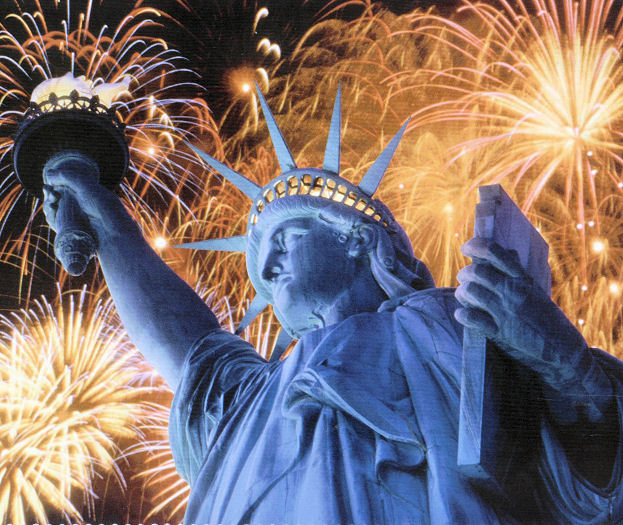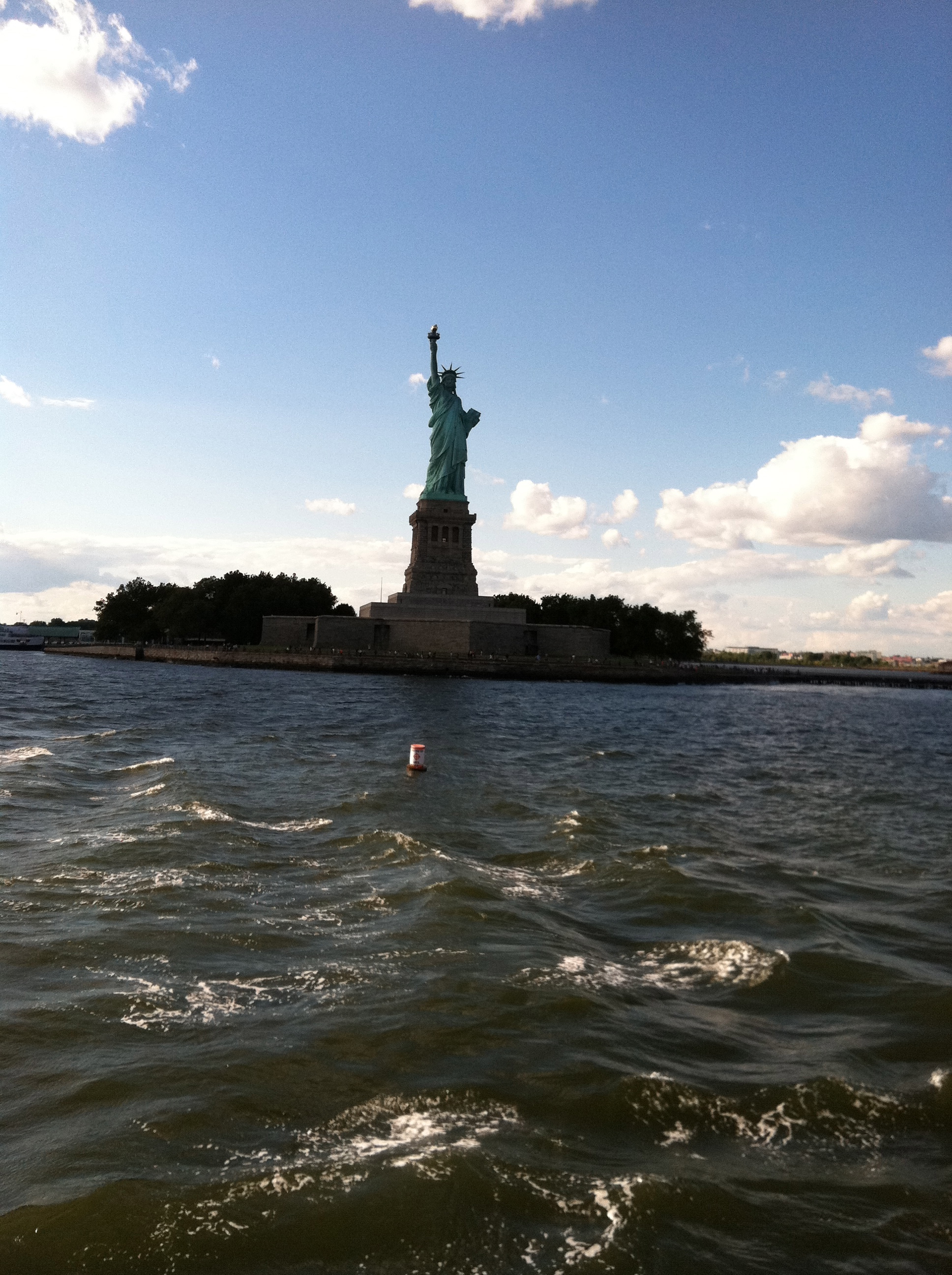Lady Liberty Turns 125
In 1886 the Statue of Liberty was gifted to the United States on behalf of French anti-slavery society. The statue was designed by sculptor Auguste Bartholdi and constructed under the guidance of the engineer Alexander Gustav Eiffel. It took over 20 years to complete, but finally on October 28th, 1886, President Grover Cleveland presided over the dedication of this great monument. Since then, the statue has stood as a symbol of American freedom. This Friday, Lady Liberty is turning 125.
A naturalization ceremony will take place Friday morning, welcoming 125 people as new U.S. citizens. In the afternoon there will be a reading of Emma Lazarus’ famous poem “New Colossus” and a ceremonial “gift of friendship” to a French representative. Finally, at 6:45pm, a 12-minute firework show sponsored by Macy's will illuminate the sky behind the statue.
In preparation for all these festivities, the Empire State Tribune has put together a timeline of some of The Statue of Liberty’s most memorable moments throughout history:
October 28, 1886: President Grover Cleveland (former governor of New York) oversees the dedication ceremony of the statue on Liberty Island. This day also marks New York City’s first “ticker-tape” parade in celebration of the monument.
1900: The original bronze color of the statue starts to give way to a light green as the copper body reacts to high oxygen levels in the area. Within five years, the entire statue is green.
1901: The Army Corps of Engineers install an elevator to take visitors from the base to the top of the 154ft pedestal.
1903: Emma Lazarus’ famous poem “The New Colossus” is inscribed on a plaque in the base of the statue.
July 30, 1916: During WWI a group of German saboteurs explode carloads of US dynamite near the statue as they were being readied for shipment to French and British troops. The explosion kills seven people and causes $100,000 in damage to the Island. The statue closes for ten days and when it reopens, officials make the decision to keep the staircase inside of the torch off-limits to the public. It remains that way to this day.
December 2, 1916: President Woodrow Wilson presses the telegraph key that illuminates the statue at night for the first time.
1924: President Calvin Coolidge declares the state an official National Monument.
1937: Control of the Statue and the Island that it stands on is given to the US National Park Service for renovations.
1942-1945: During WWII, the statue's torch remains unlit as part of nation-wide electricity preservation efforts.
September 26, 1972: President Richard Nixon is present at the opening of an American Museum of Immigration at the base of the statue. This remains open until it is replaced by a larger Immigration Museum on Ellis Island in 1991.
1976: The Statue of Liberty is a central focus of United States bicentennial celebrations.
1984: In preparation for the monument’s upcoming centennial anniversary, the statue is closed to the public as it undergoes massive restoration projects.
July 3–6, 1986: In honor of the statue's 100th birthday, this weekend is officially designated "Liberty Weekend. Renovations are completed and President Ronald Reagan presides over a rededication on July 4. In his speech, Reagan made the famous comment "We are the keepers of the flame of liberty; we hold it high for the world to see." The next day, the statue reopens to the public.
September 11, 2001: After the terrorist attacks against the United States, the statue is closed down for security purposes.
2004: The pedestal reopens to the public.
2009: The statue reopens to the public.
This Friday, October 28, 2011: Lady Liberty will turn 125!



